Advances in additive manufacturing (AM) printing processes, including laser powder bed fusion (LPBF), powder and wire direct energy deposit, and binder jet, are happening at a breathtaking pace.
One aspect of this incredible evolution is the new varieties of additive manufacturing powders that can be used as the raw material in the additive manufacturing (3D printing) process. Our materials provide unique, enhanced functionality to the final product and they are accelerating metal 3D printing (3DP) beyond what the manufacturing industry thought was possible.
Our metal, ceramic and composite powders and their variations have unique properties that give an additive manufactured product enhanced properties, such as strength, conductivity, ductility, low magnetic permeability, durability, hardness, stability, heat resistance, and others.
These properties, in turn, make the manufactured product ideally suited for the demanding environments and the precise tolerances required in industries like aerospace, automotive, energy, defense, healthcare, and tooling.
We achieve these high-performance properties in our AM powders through our proprietary, patented Reactive Additive Manufacturing (RAM) technology. The versatile RAM process combines reaction synthesis with additive manufacturing that enables 3D printing of previously unprintable advanced metals, ceramics, and composites. RAM powders exhibit greatly improved properties compared to current state of the art 3D printing materials.
We offer additive manufacturing powders within six metal alloy categories, and we will also explore or incorporate other metals at a customer’s request. Some of these powders also contain ceramics for additional functionality.
This range of products is possible thanks to our patented, proprietary Reactive Additive Manufacturing (RAM) technology. RAM not only makes it possible to print previously unattainable aluminum materials, but it enhances these products thanks to the inclusion of very fine microstructures obtained through energetic reactions. These microstructures enable faster production speeds and substantially reduced equipment costs.
Our six varieties of aluminum additive manufactured powder offer a wide variety of high-performance properties. Various formulations provide enhanced thermal conductivity, print speed capability, yield strength (as well as yield strength at temperature), elongation, elasticity, and hardness.
Since copper is extremely versatile, it is used for applications in nearly every type of industry. It is especially malleable and has very high levels of thermal and electrical conductivity. In addition to these features, our pure copper additive manufacturing powder is valued for its strength, hardness, ductility, wear and shock, low magnetic permeability, and its ability to resistant corrosion.
Our nickel superalloys deliver excellent mechanical strength and creep resistance at high temperatures, along with good surface stability, corrosion and oxidation resistance, and high hardness and wear resistance. Our current and future nickel alloy material sets are based on standard materials including Mar247, René 80, and Inconel 625 and 718. They are critical for aerospace and power industry applications such as turbine blades and jet/rocket engines, industrial gas turbines, heat exchangers, and nuclear components.
We’re currently researching steel alloy-based additive manufacturing powder. When available, these powders will offer excellent mechanical strength, higher resistance at high temperatures and good surface stability. Additionally, the products will maintain high strength, high hardness, and high wear while operating at high temperatures. We anticipate these products will be used extensively by the tooling industry.
This refractory metal has high ductility, exceptional biocompatibility, a high melting point, and it is the most corrosion-resistant metal in common use today. Our pure tantalum additive manufacturing powder is extremely chemically stable, so it is often used in lab equipment and in the aerospace, medical, and nuclear industry. It is also a vital material used in capacitors in electronic equipment.
A high-performance tungsten additive manufacturing powder is under research at this time. When available, this will be a critical product given that tungsten is the hardest pure metal and has the highest tensile strength at temperatures above 1650° C. It is exceptionally corrosion resistant and does not oxidize in air. Tungsten is the most important metal for thermo-emission applications, thanks to its high electron emissivity and thermal and chemical stability.
Materials science and metallurgy experts helping you redefine what’s possible.
Copyright © 2024 Elementum – All rights reserved
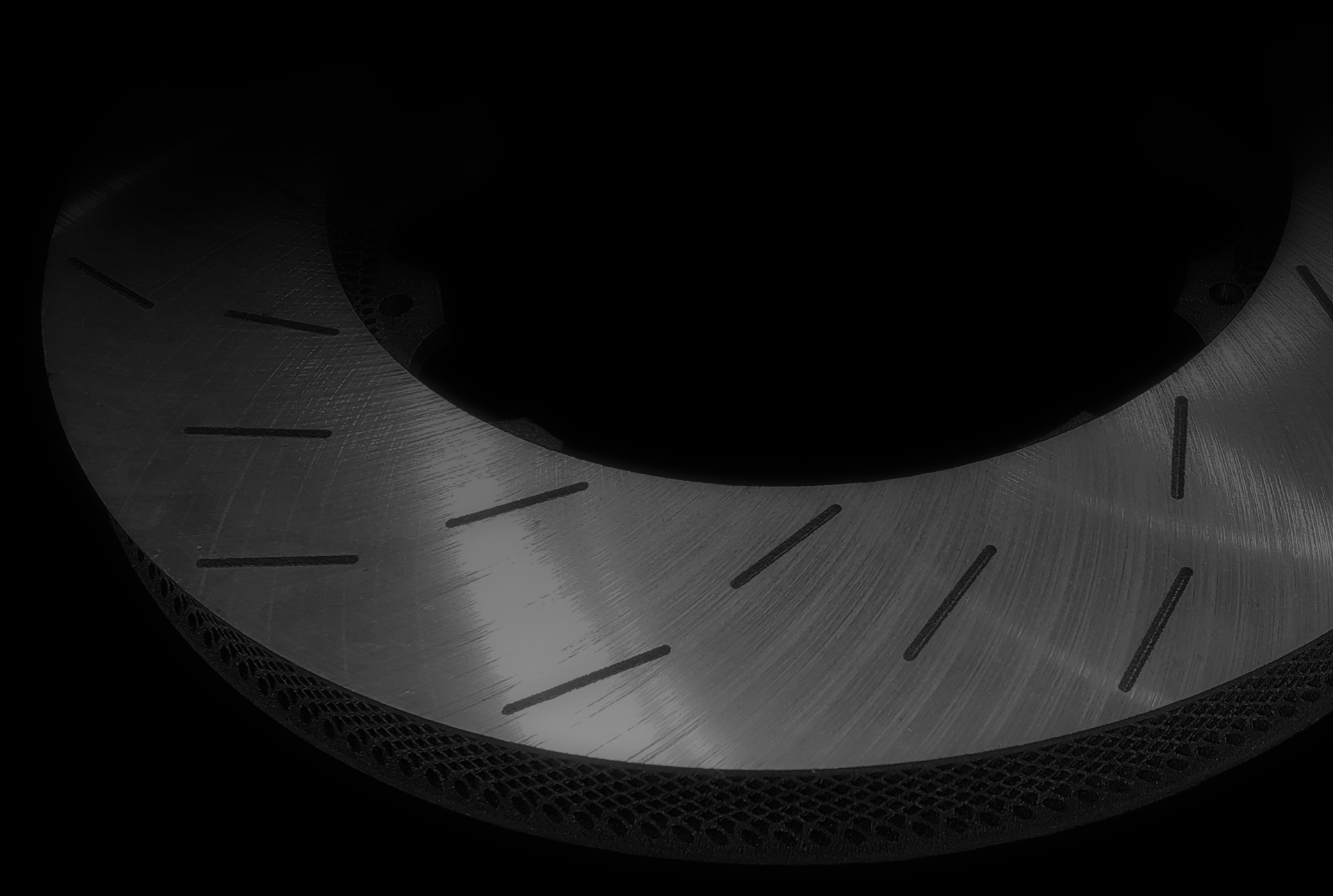
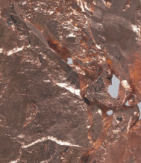
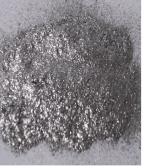
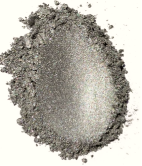
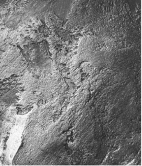
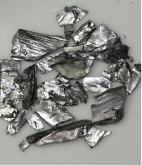
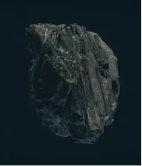
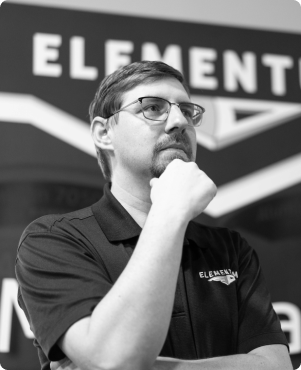
Patrick Callard earned a B.B.A. in advertising from Western Michigan University in 1990. He provides over 30 years of experience in marketing communications, new business development and market outreach.
He has managed multiple marketing projects and budgets for a variety of services and products.
Patrick also successfully grew an IT consulting business from a two-man basement business to a profitable eight employee business in 4-years. Patrick’s daily focus is to unify customer experience, brand purpose, creative communication, and marketing technology to drive the growth of the business.

Tyler’s message will key on blown powder Directed Energy Deposition (L-DED) for AM and repair and why this process is being realized by industry as one of the key pillars in printing thin wall part structures and large part envelope requirements.

Shawn will reveal how Lithography-based Ceramic Manufacturing (LCM) is producing high resolution, high performance technical ceramics that can serve a wide range of applications and structural materials, such as alumina, zirconia, and silicon nitride. He will also touch on how LCM has progressed into multi-material components incorporating ceramics and metals.

Jeff’s presentation will focus on the advances in wire DED, including welding processes for wire DED (arc, laser, and e-beam), next-generation alloys for large format metal 3D printing, and use cases that can benefit from replacing large forgings, replacing large machined billets, and producing advanced tooling — enabling next generation designs.

Dr. Jacob Nuechterlein is the founder and president of Elementum 3D in Erie, CO. He earned his Bachelor of Engineering, Master of Science, and Doctor of Philosophy at the Colorado School of Mines. Jacob has been researching, teaching, or consulting on topics such as casting and powder metallurgy for the last 14 years. Elementum 3D’s work with powder bed laser additive manufacturing is based on these principles. In addition, is thesis work in thermodynamics and formation kinetics of metal matrix composites is directly related to all 3D printing processes.